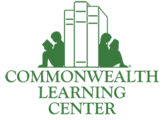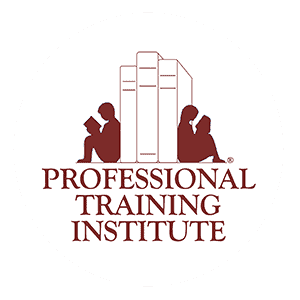
The reading passages on the SAT and the ACT are very different, and to further compound the situation the SAT test will be changing format beginning with the March 2016 tests. However, many reading strategies will be beneficial no matter which test your student takes.
The first strategy to consider is engagement. It is unlikely that most students will have a motivated interest in reading the content of the passages on the test. Therefore, it is important to go into the test with at least one strategy to increase engagement with reading passages. Students should first read any introductory blurb that precedes the passage. This blurb usually provides the source of the passage which can provide students with important clues about how to prepare to read the passage. A passage adapted from a short story will be different than one adapted from a science journal. As they read the blurb, students should activate any background knowledge they have about fiction and non- fiction text types, including what to anticipate from fiction (characters, setting, conflict) vs. non-fiction (topic, text organization, opinion).
The second part of engagement involves a way to connect students as deeply as possible with the text as they read. This technique, known as Talk to the Text, can help students stay engaged with a long, dull article. Talking to the text means reading the piece as if you are conversing with the author. Students should question what they read, form opinions about whether they accept the information being presented, and pass judgment on the author’s opinions and arguments. Talking to the text can keep students engaged, and helps them to think about the author’s point or message and how the main ideas are supported.
The next strategy to consider is how to get the gist of what the author is trying to say. Most critical thinking questions will be based on the general point the author was trying to make in the piece of writing. Students can try one or more of the following quick and efficient strategies:
- Skim-read the first sentences of each paragraph. Then form a generalized statement about the author’s purpose in writing this piece.
- Make short notes in the margin to summarize main ideas. Try to be somewhat specific.
- Anticipate questions that may be asked.
- Underline repeated words, phrases, or concepts.
- Annotate with boxes, stars, etc. whenever the author shifts focus, or the meaning of the piece changes gears. Form an opinion about why the author shifted focus at that point.
Finally, students should pause after the reading to briefly reflect on the author’s main point or argument. It helps if the passage is strongly opinionated, but even if the passage is more balanced or objective, noting this fact will help students answer the comprehension questions with success.
Students should approach the passage questions with some knowledge of the types of questions they will be asked and an idea of how to approach each type:
- Main Idea Questions usually have the phrases “primary purpose” or “primarily concerned with.” The main idea can often be found in the first or last sentence of paragraph one.
- Description Questions usually have the phrase “according to the passage,” or a reference to specific line numbers. Students should read a few sentences before and after the specified line numbers to be sure they have the proper perspective. Use factual detail statements in the passage to answer this type of question. Often, students can match wording (or synonyms) in the passage to wording in the correct answer choice.
- Writing Method Questions can be answered by paying attention to how the information in the passage is presented, such as cause/effect, compare/contrast, a topic followed by examples, a sequence, or a stated position or opinion with supporting evidence.
- Extension Questions usually have the words “infer” or “suggest” in them. These questions go beyond the passage. Correct answers paraphrase and extend the author’s ideas.
- Application Questions usually begin with “if,” and ask students to apply what they have learned to a new, hypothetical situation.
- Tone and Attitude Questions ask students to describe the author’s opinion or attitude toward the topic. As they read, students should decide whether the author is strongly opinionated or more objective and balanced. Also, students should pay attention to any opinions the author refers to, or quotes that are not his own.
- Vocabulary or Meaning Questions ask what a word or phrase means in the context of the passage. Students should try to describe such meanings in their own words before looking at the answer choices.
By using strategies for deep engagement, working to get the gist of an author’s point, and recognizing and working with the different categories of questions, students should be able to do their best on the reading sections of college entrance exams.
More information about Talk to the Text can be found in published materials at Reading Apprenticeship
Reading strategies adapted from articles at Nova Press









Jaydin Skinner says: